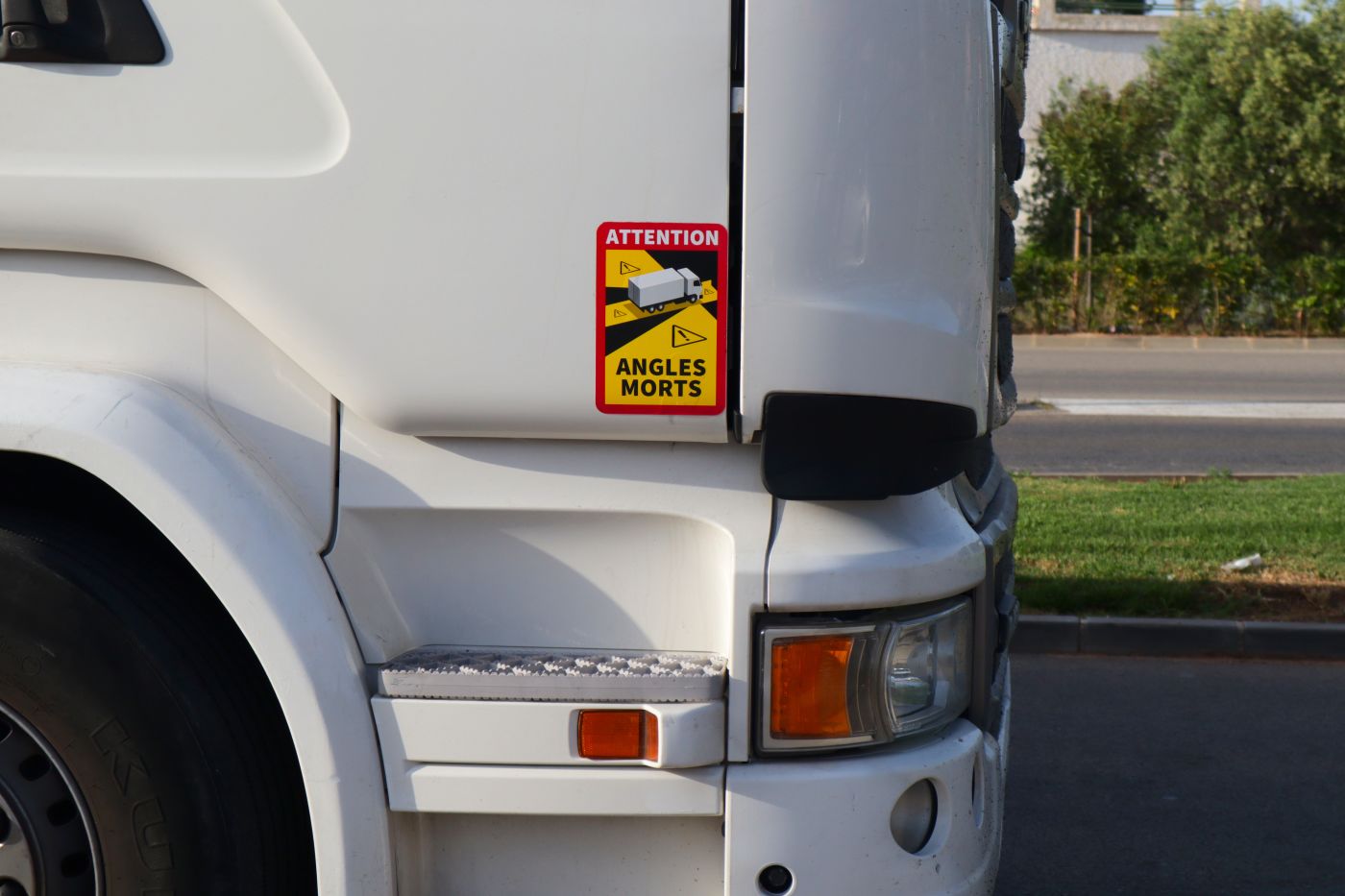Semi-Truck Blind Spots: Why They’re a Common Cause of Accidents

Kansas, known for its vast stretches of highways and being a vital artery for interstate commerce, plays host to a substantial volume of semi-truck traffic daily.
These behemoths of the road, while instrumental in transporting goods across the state and beyond, present unique challenges and risks, particularly concerning their often-misunderstood blind spots.
An understanding of these blind spots, often referred to as “No Zones,” and the inherent dangers they pose, is paramount in fostering a culture of road safety and minimizing truck accidents.
At Townsend Law LLC, we’re here to help people who have been in auto accidents in Overland Park, Kansas. Here, we’ll discuss how blind spots contribute to collisions.
Semi-trucks, by their very nature, possess multiple blind spots where the driver's visibility is significantly limited, or in some cases, entirely obstructed. Recognizing these areas is the first step in avoiding potential hazards. These key blind spots include:
The critical zone directly in front of the cab: Extending approximately 20 feet, this area is often overlooked but critically important. Vehicles following too closely here disappear from the truck driver's view entirely, leading to potential rear-end collisions if the truck needs to brake suddenly.
The ominous space directly behind the trailer: Stretching up to 30 feet, this blind spot is equally perilous. Drivers tailgating a semi-truck are completely invisible and at great risk, particularly during reverse maneuvers or sudden stops.
The elusive left-side blind spot: Spanning the length of the trailer and extending across at least one lane of traffic, this blind spot is a frequent site of accidents during lane changes. Drivers lingering here are often unseen by the truck driver.
The expansive right-side blind spot: This is the most extensive and arguably the most dangerous blind spot, often encompassing two or more lanes of traffic. It’s crucial for drivers to be aware of the sheer size of this “No Zone” and to avoid remaining in it.
The very existence of these blind spots is a significant hazard, exacerbated by the fact that many drivers of smaller vehicles aren’t fully cognizant of their extent. This lack of awareness often leads to dangerous driving behaviors, inadvertently placing themselves and others at risk.
While Kansas-specific data regarding blind spot accidents is often part of broader regional or national datasets, national statistics paint a stark picture of the problem's scale. Annually, over 400,000 accidents are linked to truck blind spots in the United States. Disturbingly, approximately 25% of all truck accidents can be attributed directly to blind spot incidents.
These statistics are corroborated by the National Highway Traffic Safety Administration (NHTSA), which highlights that the front end of a large truck is the most common impact point in fatal car-on-truck crashes, accounting for a staggering 64% of such incidents. These numbers should serve as a clear warning to all drivers sharing the road with large trucks.
Several interacting factors contribute to accidents resulting from semi-truck blind spots. Unsafe driving practices, such as failing to check blind spots, neglecting turn signals, and following trucks too closely, significantly increase accident risk.
Public awareness and education gaps are also major issues. Surveys show that fewer than 5% of American adults can accurately identify all semi-truck blind spots, leading to unsafe driving. Inherent vehicle design limitations further complicate the problem, as the size of trucks creates extensive blind spots difficult to mitigate even with mirrors and cameras.
Finally, environmental conditions and external variables, like adverse weather, drastically reduce visibility for all drivers, further increasing the potential for blind spot-related accidents.
Addressing semi-truck blind spot risks requires a concerted effort from both truck drivers and other road users. A multi-pronged approach, combining enhanced driving practices, education, and public awareness campaigns, is essential.
For truck drivers, this includes regularly and thoroughly checking all mirrors, maintaining constant vigilance regarding blind spots, utilizing turn signals well in advance of any lane change or turn, avoiding sudden or abrupt lane changes or turns without first confirming the area is completely clear, and maintaining a safe following distance.
Responsible driving by other road users means making a conscious effort to avoid lingering in a truck's blind spots, exercising extreme caution when passing trucks, and practicing patience to avoid actions that might force a truck driver to make sudden changes.
Educational and public awareness initiatives, such as comprehensive campaigns and sustained programs, can play a crucial role in informing all motorists about the dangers of blind spots and promoting safe driving behaviors around large trucks.
Semi-truck blind spots continue to be a serious issue on Kansas roadways, contributing to a significant number of accidents each year. Acknowledging the inherent challenges posed by these blind spots and actively participating in safety measures are essential for all road users.
When a collision occurs due to a semi-truck's blind spot, the subsequent legal process can be difficult and demanding. Establishing who is at fault requires a meticulous and comprehensive investigation.
Truck drivers must maintain vigilance and adopt safe driving practices, while other drivers must cultivate an acute awareness of blind spots and exercise extreme caution around large trucks. By embracing a shared responsibility and making informed decisions, we can significantly reduce the risk of collisions, confirming safer and more secure travel for everyone.
If you’ve been involved in an accident involving blind spots, our firm wants to support you. Our experienced attorney, Michael Townsend, is here to defend your personal injury case. At Townsend Law LLC, we serve clients throughout the states of Kansas and Missouri. Contact us for a consultation.